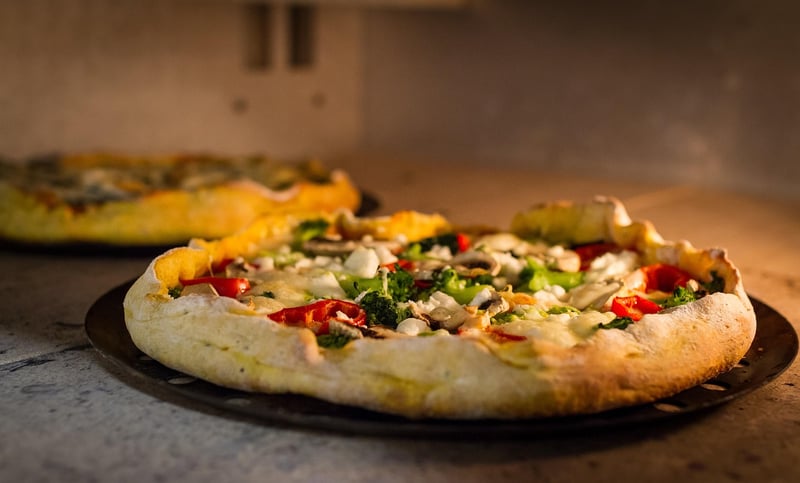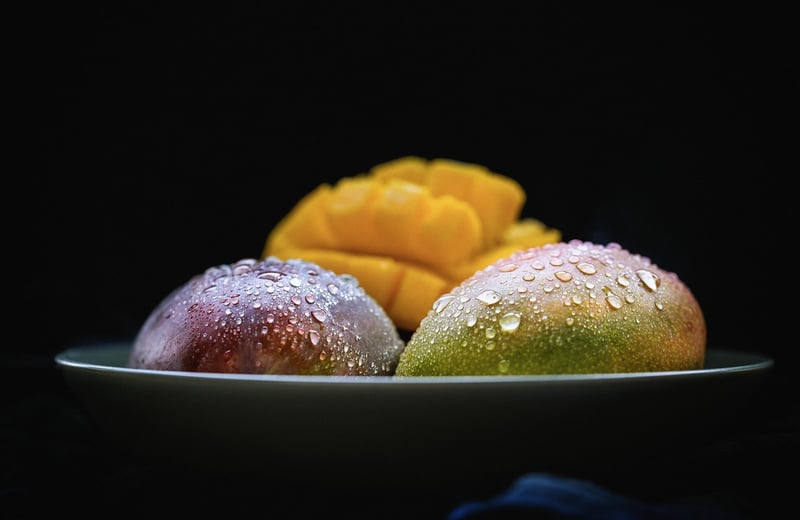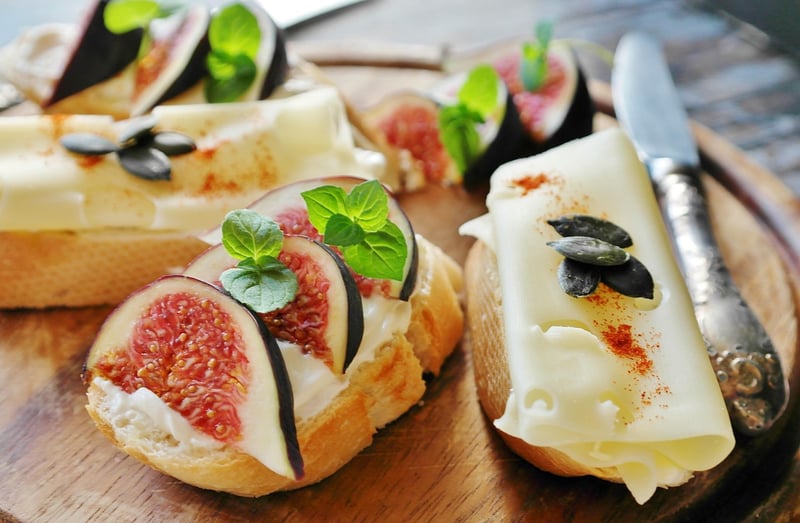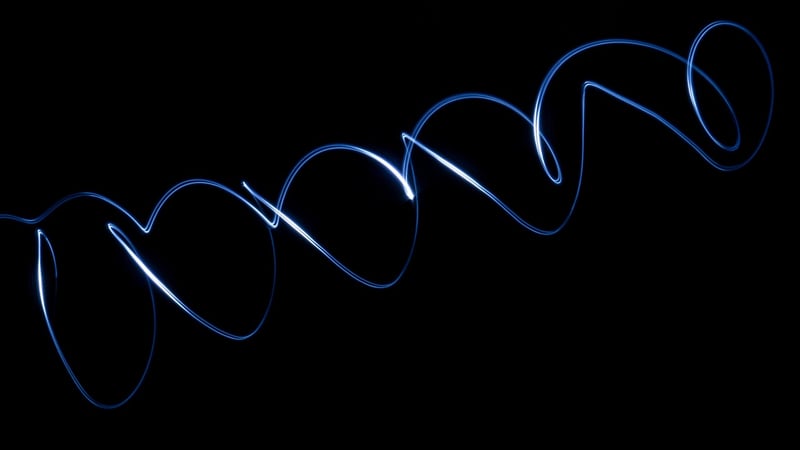Lighting Techniques
Capture Your Culinary Creations Beautifully: Lighting Techniques
Creating delicious dishes is an art, and showcasing them through photography can elevate your culinary creations to a whole new level. Whether you are a food blogger, a chef, or simply someone who loves to share their kitchen adventures on social media, mastering lighting techniques can make a significant difference in how your dishes are perceived.
1. Natural Light is Key
When photographing food, natural light is your best friend. Position your dish near a window or outdoors to take advantage of soft, diffused light. Avoid harsh overhead lighting or direct sunlight, as they can create unflattering shadows and highlights on your food.

2. Use Reflectors
Reflectors can help bounce light onto your dish, filling in shadows and creating a more balanced look. You can use professional photography reflectors or even simple white foam boards to achieve this effect. Experiment with the placement of the reflector to see what works best for your dish.

3. Diffuse Artificial Light
If you're shooting indoors or during nighttime, you can use artificial lighting sources like softboxes or LED panels. To avoid harsh shadows, diffuse the light by placing a sheer fabric or a diffuser in front of the light source. This will create a soft, even light that enhances the details of your dish.

4. Play with Angles
Experimenting with different angles can add depth and visual interest to your food photos. Try shooting from above to capture the entire dish, or get down to eye level for a more intimate perspective. Don't be afraid to get creative with your composition!
5. Edit with Care
After capturing your culinary masterpiece, a bit of editing can enhance the final result. Use photo editing tools like Adobe Lightroom or Snapseed to adjust brightness, contrast, and colors. Remember to keep the edits subtle and true to the original dish.
By implementing these lighting techniques, you can beautifully capture your culinary creations and make them truly irresistible to your audience. Remember, practice makes perfect, so don't be afraid to experiment and find what works best for your unique style!
